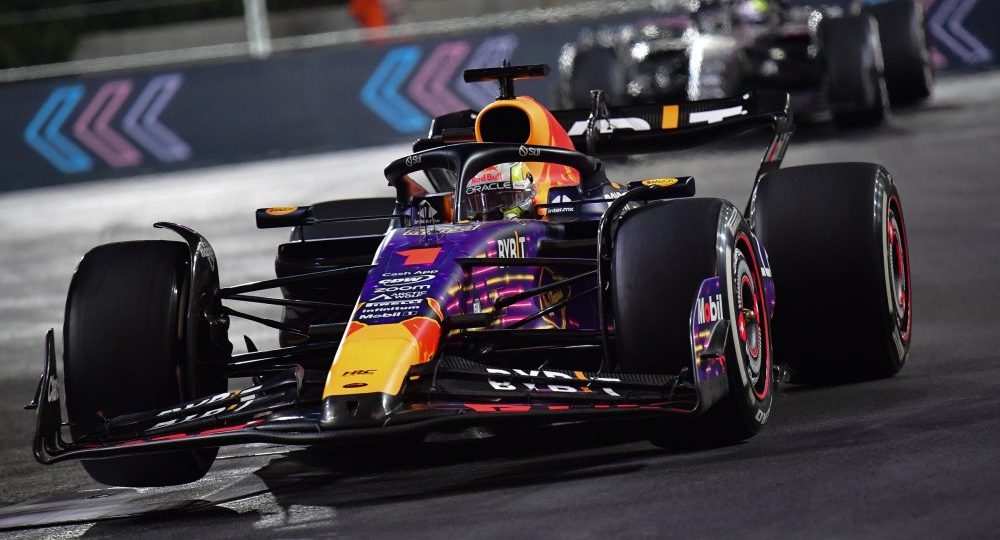Heading into the Stanley Cup Conference Finals, the suits at NBC were surely crossing their fingers and doing whatever superstitious ritual they could think of to get a dream Stanley Cup Final in the ratings department: Rangers vs Blackhawks.
Chicago. New York. Two members of the original six. Two of the biggest markets in the country. Two teams with national namebrand recognition. Two cities with hockey in their sports DNA. It wouldn’t get better than that.
Instead, after three games in the west and the east, NBC is looking straight down the barrel at a matchup that is most certainly a polar opposite: Ducks vs Lightning.
Tampa Bay. Anaheim. Two of hockey’s more recent expansion representatives. Warm weather. Sunshine. Palm trees. It’s not exactly the ghosts of Stan Mikita and Eddie Giacomin.
Why is this the case? The numbers tell the story.
The Ducks were involved in the lowest rated Stanley Cup Final in the last 20 years back in 2007. Senators-Ducks averaged a paltry 1.2 rating over the course of 5 games and just 1.7 million viewers on average. Those are pitiful numbers for the sport’s championship series. At least back in 2004 when the Lightning squared off with the Flames, the series averaged a 2.2 rating and 3.2 million viewers over 7 games. While not plunging to all-time depths, that ’04 series is still well below average, especially for a 7 game series.
Since 2006, when the NHL returned from missing an entire season due to a work stoppage, there has been a stark difference in ratings when an Original Six team is involved versus when there is not a representative. In fact, the ratings are almost doubled when a traditional hockey market makes it to the Final.
No Original Six Team (3 series): 1.6 average rating
At Least 1 Original Six Team (6 series): 3.0 average rating
More specifically, the Blackhawks have been by far the biggest rating draw for NBC and the NHL. Chicago has been involved in the two highest rated Stanley Cup Finals of the past 10 years. In 2010, Blackhawks-Flyers averaged a 3.4 rating. In 2013, Blackhawks-Bruins registered a 3.3 average rating.
The Rangers have also delivered viewers for the peacock. Consider that 2014’s Kings-Rangers series almost doubled 2012’s Kings-Devils (2.8 vs 1.8 rating) even though the latter went an extra game deeper.
Those statistics belie the belief that it’s all about market size when it comes to the Stanley Cup Final. The Devils represent roughly the same NY-NJ market that the Rangers do, but in spite of all their success, they don’t deliver the same ratings. Even the Kings arguably drew more viewers than the Ducks, although it’s admittedly a small sample size.
With the Ducks and Lightning both holding a 2-1 series lead, you can bet NBC is praying for at least one of the series to turn around. While Rangers-Blackhawks might be the dream scenario for the NHL, even Rangers-Ducks or Blackhawks-Lightning would still likely pull in good ratings. However, if history is any indicator, Ducks-Lightning would project to be one of the lower rated Stanley Cup Finals on record.
That’s not to belittle the quality of hockey that would be on display or disparage the accomplishments of either team. The truth though is that NHL is like every other professional sport not named the NFL – they are dependent on star players, big markets, and marquee franchises to deliver major ratings victories. Ducks-Lightning might end up being a wonderful and entertaining series that highlights the best that the league has to offer… but purely from a television ratings perspective, it wouldn’t be best for business.






Comments are closed.